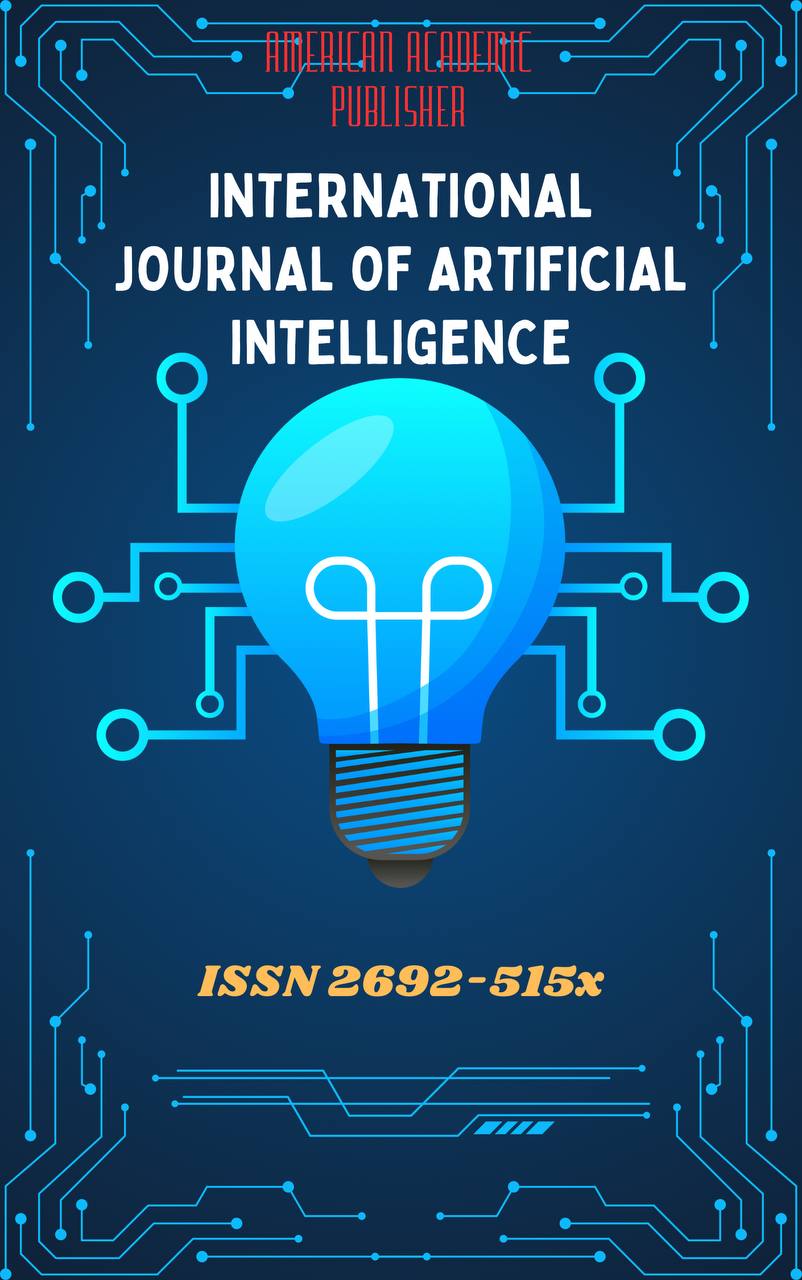 Articles
| Open Access |
Articles
| Open Access | THE BIOLOGICAL FOUNDATIONS OF EARLY BILINGUAL LANGUAGE DEVELOPMENT
Klaus Wiemann ,G’aybullo Mirsanov Qulmurodovich ,Rayhona Narzikulova Ahmadovna , Samarkand State Institute of Foreign LanguagesAbstract
The process of acquiring two languages in early childhood is a biologically grounded phenomenon, engaging various regions of the young brain. This article explores the underlying neurobiological and cognitive systems that facilitate early bilingualism, with particular attention to neural adaptability, sensitive developmental periods, and cognitive control mechanisms. Evidence from brain imaging and long-term studies suggests that bilingual children undergo unique neural changes and demonstrate enhanced mental flexibility. These insights indicate that bilingualism is not solely a product of social or educational exposure, but also a reflection of the brain’s natural capacity for multilingual processing. A deeper understanding of these biological underpinnings holds considerable value for shaping educational strategies and informing cognitive neuroscience.
Keywords
Bilingual Development, Brain Plasticity, Critical Period, Cognitive Control, Child Language Learning, Language and Brain, Dual Language Acquisition.
References
Bialystok, E., Craik, F. I. M., & Luk, G. (2012). Bilingualism: Consequences for mind and brain. Trends in Cognitive Sciences, 16(4), 240–250. https://doi.org/10.1016/j.tics.2012.03.001
Hernandez, A. E., & Li, P. (2007). Age of acquisition: Its neural and computational mechanisms. Psychological Bulletin, 133(4), 638–650. https://doi.org/10.1037/0033-2909.133.4.638
Kroll, J. F., & Bialystok, E. (2013). Understanding the consequences of bilingualism for language processing and cognition. Journal of Cognitive Psychology, 25(5), 497–514. https://doi.org/10.1080/20445911.2013.799170
Kuhl, P. K. (2011). Early language learning and literacy: Neuroscience implications for education. Mind, Brain, and Education, 5(3), 128–142. https://doi.org/10.1111/j.1751-228X.2011.01121.x
Li, P., Legault, J., & Litcofsky, K. A. (2014). Neuroplasticity as a function of second language learning: Anatomical changes in the human brain. Cortex, 58, 301–324. https://doi.org/10.1016/j.cortex.2014.05.001
Luk, G., Bialystok, E., Craik, F. I. M., & Grady, C. L. (2011). Lifelong bilingualism maintains white matter integrity in older adults. Journal of Neuroscience, 31(46), 16808–16813. https://doi.org/10.1523/JNEUROSCI.4563-11.2011
Mechelli, A., Crinion, J. T., Noppeney, U., O'Doherty, J., Ashburner, J., Frackowiak, R. S., & Price, C. J. (2004). Structural plasticity in the bilingual brain. Nature, 431(7010), 757. https://doi.org/10.1038/431757a
Petitto, L. A., Katerelos, M., Levy, B. G., Gauna, K., Tetreault, K., & Ferraro, V. (2012). Bilingual signed and spoken language acquisition from birth: Implications for the mechanisms underlying early bilingual language acquisition. Journal of Child Language, 39(2), 300–332. https://doi.org/10.1017/S0305000911000450
Abutalebi, J., & Green, D. W. (2016). Neuroimaging of language control in bilinguals: Neural adaptation and reserve. Bilingualism: Language and Cognition, 19(4), 689–698. https://doi.org/10.1017/S1366728916000225
Werker, J. F., & Hensch, T. K. (2015). Critical periods in speech perception: New directions. Annual Review of Psychology, 66, 173–196. https://doi.org/10.1146/annurev-psych-010814-015104
Article Statistics
Downloads
Copyright License

This work is licensed under a Creative Commons Attribution 4.0 International License.

